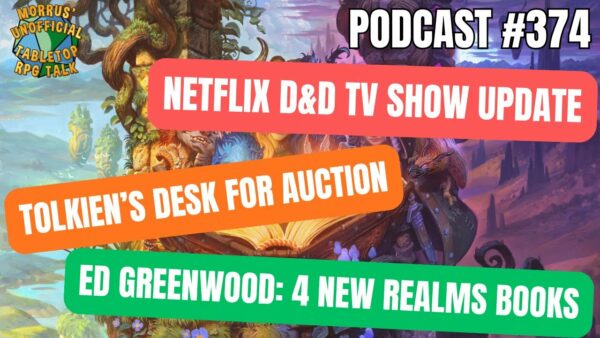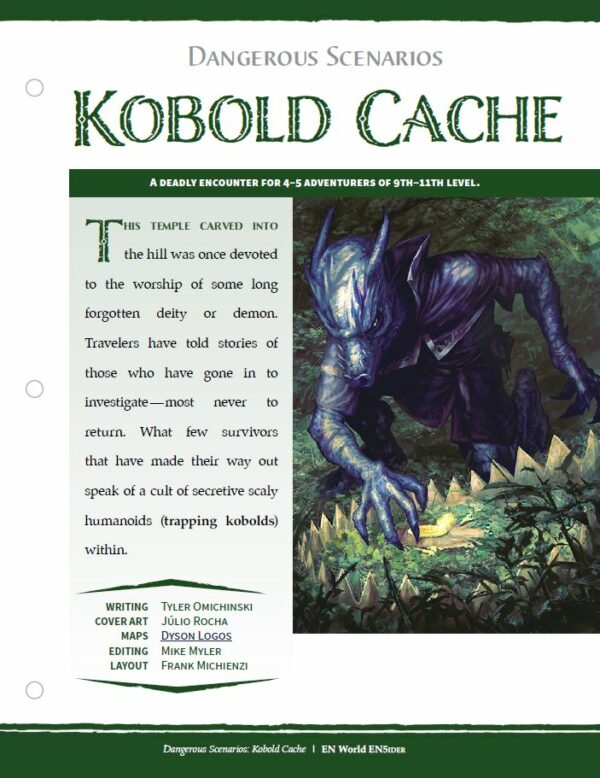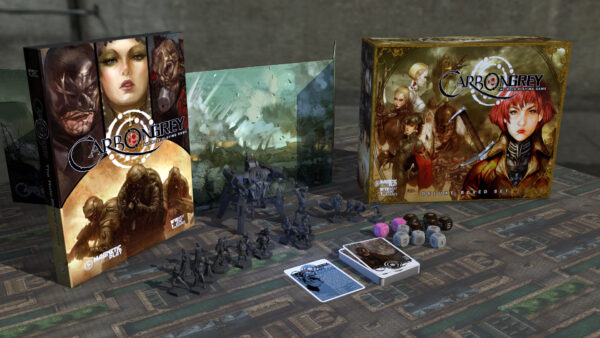
There has certainly been a lot of talk about Candela Obscura, mostly due to Critical Role streaming a series of it recently. But even if you missed the series, there are plenty of resources from the Darrington Press web site to explore the setting and game further.

What’s Candela Obscura?
Candela Obscura is an investigative horror game, where the player characters follow up reports of incursions of dark magic and creatures to try to make things safe again. Candela Obscura refers to the organisation they are all part of, a worldwide network of investigative cells called Circles who are given full autonomy to deal with these occult incursions whatever way they see fit. The leadership of the order just asks them to make reports and keep them up to date so what they learn can be shared. It’s a great set up for a horror game, especially one that player characters are involved in. It offers all the advantages of being part of an organisation, but lets the PCs do what they like (which they will anyway!). The GM is also helped out given they can tell the PCs about a mission and reasonably expect them to get involved, as it is their job to do so.
The game is styled to match Victorian adventure, but is set in a different world. The feel is much like Vaessen (Free League) and while it isn’t listed in their source inspirations, the setting is most like the series Carnival Row without all the different species. I’m of two minds about their choice to create a new setting. Horror often comes from the familiar being corrupted, and with everything being new it loses some of that grounding. But at the same time there are plenty of historically Victorian games out there so it also makes sense for Candela Obscura to try something new.
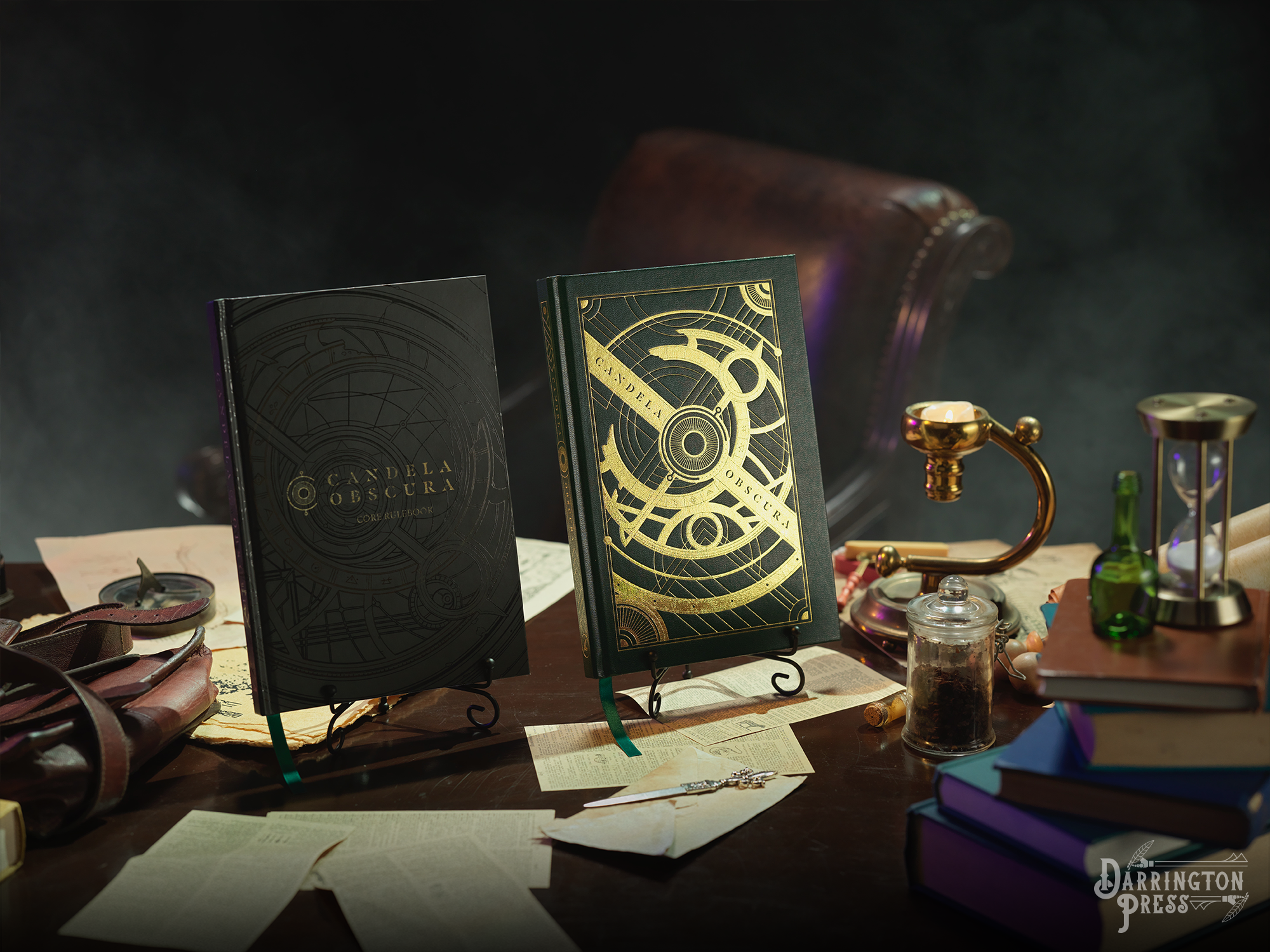
The Book
Physically, the book is a 204 page large hardback that feels just right for an investigator’s notebook. When I received my review copy, I had to check that it wasn’t the limited edition. The corebook features a gorgeous graphic cover with ribbon bookmark and parchment style colour interior.
The interior has a crisp and elegant layout with single column text that makes it very easy to read and flip around in. The text is organised exceptionally well. It sets out the nature of the game and how the rules work in the introduction. Then it moves into rules, characters, and the setting. Despite this, I still found myself flipping back to see if I’d missed something as the text often throws curveballs at you just when you think you’ve got the hang of something.
One aspect of the design of the book that very much deserves a mention is the addition of many graphics, coded notes, newspaper articles and investigator’s comments throughout. Not only do they add to the feel and style of the game they often add new layers to the section you’ve been reading. They are clearly intended as more than just space filler, so don’t just skip over them as you read.
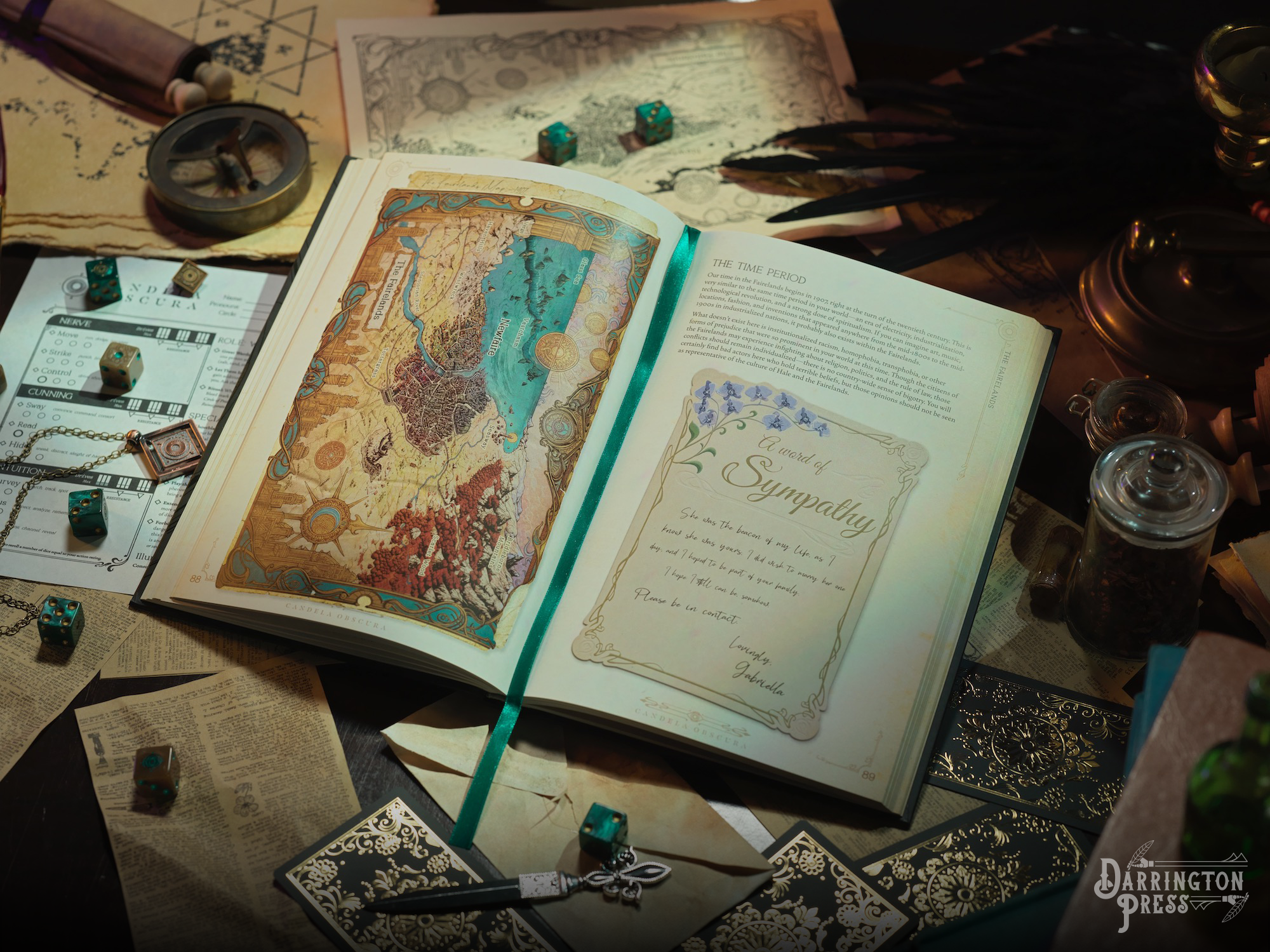
The System
The system is simple and works well. The designers have covered most options with the system, and done so without adding a whole swath of modifiers and additional layers of rules. The system is based on the Blades in the Dark RPG, which is a curious choice given it is designed for heists, not horror. But it’s a solid system and works well, with a decent space for narrative among the rolls. Candela Obscura uses much the same skill listing with a few tweaks and slightly fewer rules. Making a test is a simple business and is designed to resolve a whole problem in a scene not the individual actions. Put simply, you make a roll to see if you can access the building and get to the safe, not to pick each lock and sneak down each corridor between you and the safe. The focus is also firmly on the narrative, with tests only being required to resolve conflicts rather than as a guide for the story.
There are nine skills (or Actions) organised into three groups under one of the three Drives. So the Drive Nerve covers Move, Strike and Control. Cunning covers Sway, Read and Hide. Finally Intuition covers Survey, Focus and Sense. Each action is rated from 0 to 3 and that is the amount of d6 dice you get to roll when making a test using it. If you need more dice, each of the Drives has its own pool of points, and these can be spent to augment the dice pool when one of its related Actions is being used. So if you only have 1 in Sense and you don’t think it’s enough, you can spend 1 or more points of Intuition to get more dice. I like this a lot given each character can pick different skills, but the bonus points give them a chance to have a go in even their weakest areas. The rules do allow you to still make a roll if you have a dice pool of zero, but your chances aren’t good. Once Drive points are spent they are gone, but they can be recovered during play. Each character might be able to add a gilded die to their pool, and it they use that die’s result they regain a point in the appropriate Drive.
The results of any test only really involve one of the dice, so even a low dice pool can provide a good success. You pick the die that rolled the highest and take that as your result. A 6 means you’ve made a full success, but a 4-5 offers a mixed success with 1-3 being a failure. If you roll more than one 6 you can count that as a critical success. This is where the gilded die offers another twist, as you might pick its lower result to get a Drive point back.
I especially like the damage system of Marks and Scars. When you suffer damage, be it physical, mental or magical harm, you suffer a Mark. You can take three Marks before suffering the consequences. Your fourth Mark is called a Scar and is a permanent change to your character. Not only does it incapacitate you for a while, but your character must also move a point from one Action to another to represent the change forced on you. It might represent you being more careful after getting hurt, or somehow compensating for an injury. So if you decided a physical injury had caused the character to lose an eye they might lost a point of Strike as they can’t see to target so easily, but gain a point of Survey as they take more time to search places properly. But they might just as easily lose a point of Sway due to the scar on their face, but gain a point of Strike as they become more focused. It is up to the player to justify in the narrative why those points have shifted. But what I like is you don’t lose points, you just move them. Your character isn’t broken after too many encounters, but they are changed by them.
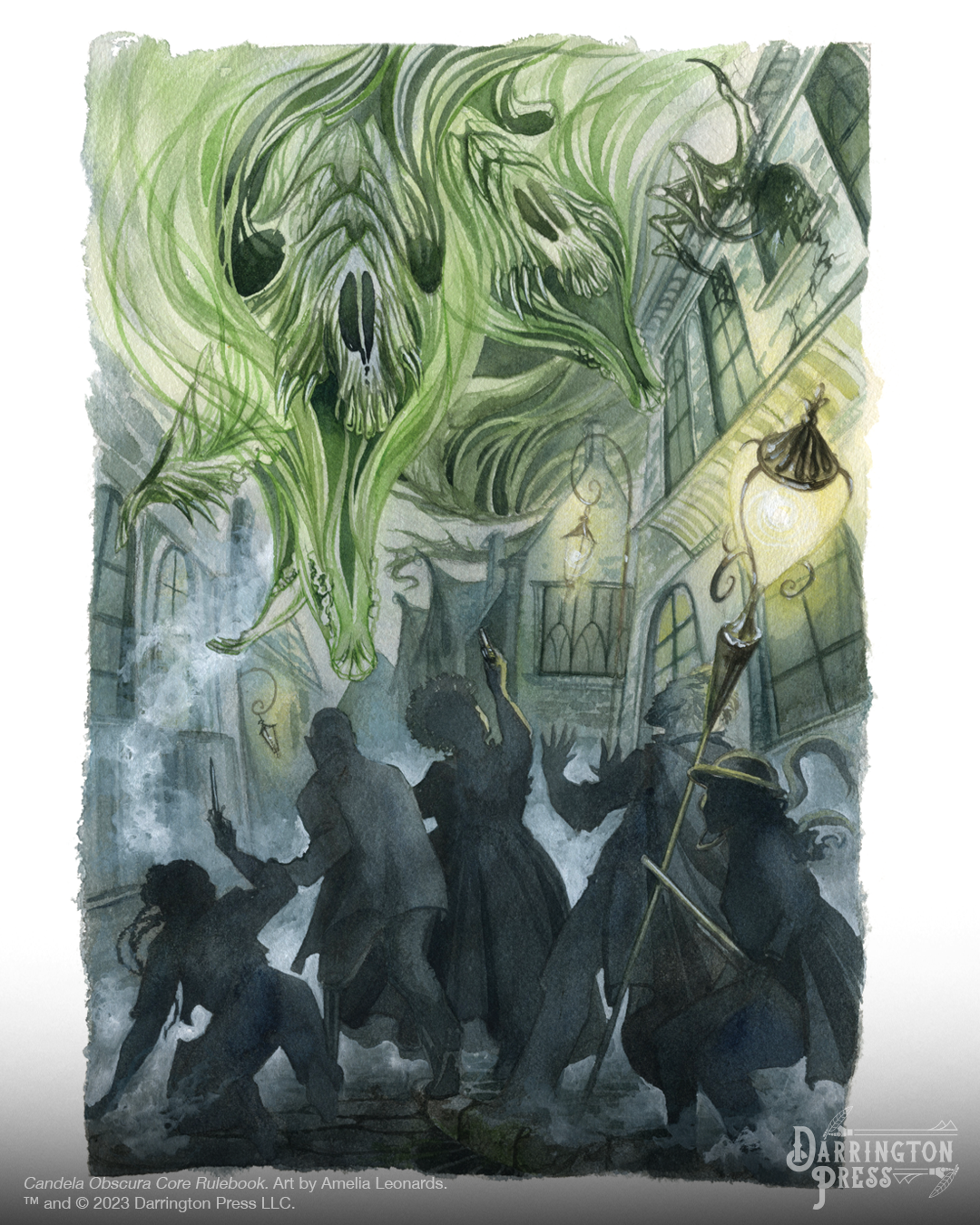
Character Creation
Character creation is swift and easy, based on picking archetypes called Roles that define most of your base character. But around that there are still plenty of quick choices to make. So if two people both want to play the same Role it shouldn’t be a problem, but if three do then it’ll get a bit too similar. However, as a GM I’d try to nudge my players into a wide variety of Roles anyway (in any system) so this isn’t really a problem. Once they have their Actions and Drives, and picked an ability for their Role the character is complete. All that is left to do is decide how these characters relate to each other (or don’t!) as they will be a Candela Obscura Circle. There is a great list to help you pick relationships between characters, although it’s a shame there aren’t more lists like this for other aspects of character gen like background. There are only so many pages you can put in the book though, so my disappointment is more to do with wanting more of these lists as they are so good.
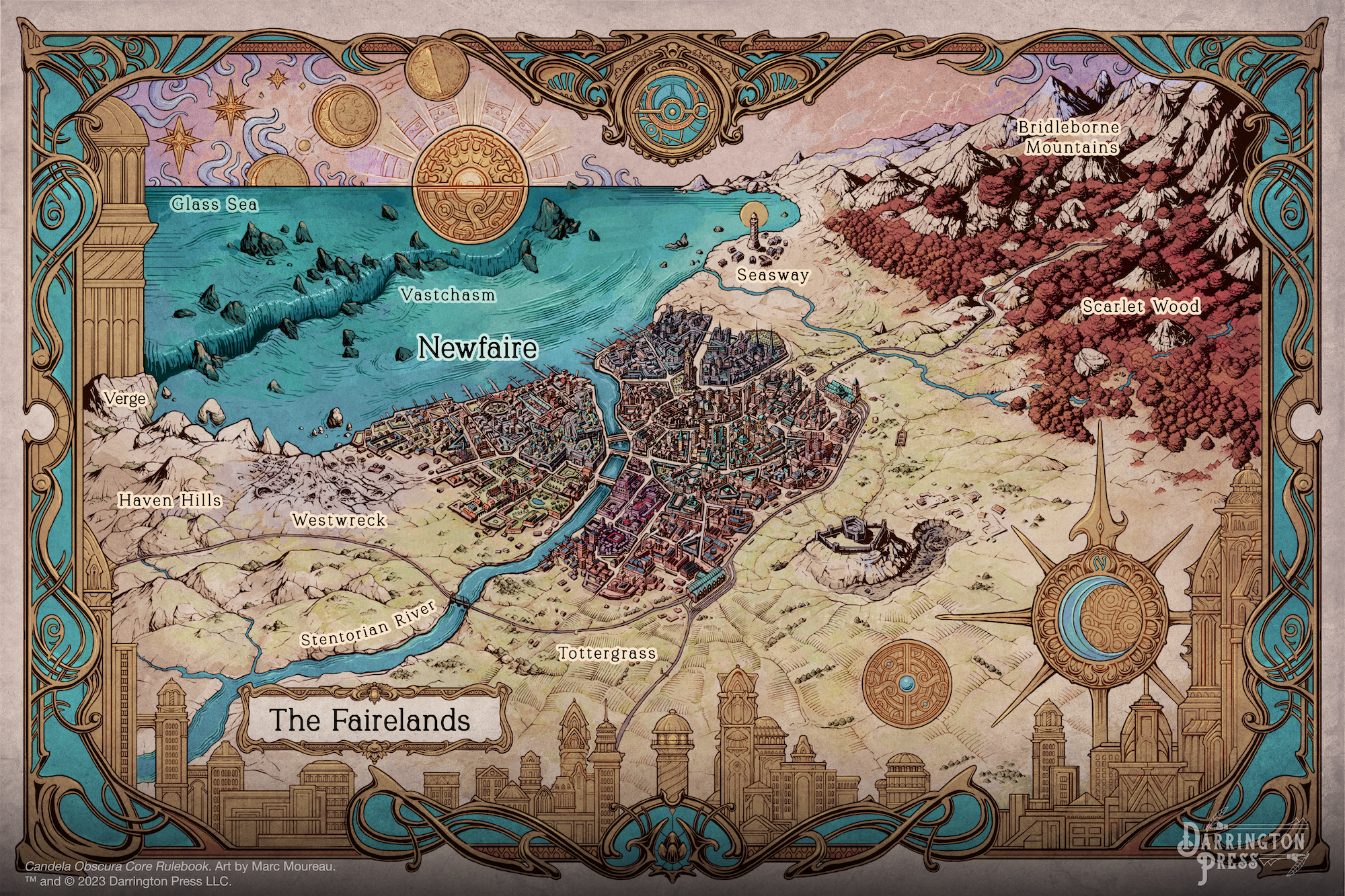
The Setting
With the rules and character creation out of the way the book details the supernatural world in broad terms. Essentially, magic can be a corrupting force, even when used properly. This corruption gives dark and nasty things an opportunity to break in and cause all manner of trouble. Player characters might need magic to defeat some of them, but it’s a force they must be careful with.
The book details the city of Newfaire, the main setting for the game. This is the largest section of the book by far, covering about 70 pages. It details each district, and then delivers some very intriguing spots you might find in the old undercity the new city was built over. Each city and undercity area is given a standardised format to make it easy to get to grips with, include some noteworthy landmarks and a scenario hook. The book does is full of ideas, with a lot of simple story hooks littered all over the place. This is something I absolutely support that other games sometimes lack.
For the most part, the people of the setting don’t know about magic and horror and just get on with life as normal. This does seem a little odd given the widespread nature of Candela Obscura as an organisation. Surely by now most people suspect there is something in the shadows, or know someone who does? Each individual aspect of the setting is great, but some just don’t seem to add up when put together. This is especially evident in the city detail that follows, where the South Soffit district is described as full of thick polluted air, but it is next door to The Eaves, a luxury upscale garden district. So does the smoke just never cross the border between the two?
I didn’t find the city as inspiring as Itras By (Itras By) or Satyrine (Invisible Sun) mainly as it is a more mundane city, although it is still very well imagined, if a little modular. To a certain degree is feels too American, and this is a little jarring to me as I expect a Victorian game to be a bit more Eurocentric. I have similar issue with the triad of ruling bodies for the city, which aren’t covered in a lot of detail (and also seem to assume an American system). There is a government and judiciary (The Primacy), the church (The Ascendancy) and the police force (The Periphery). It’s a functional system, but the game makes it clear all of these organisations are hopelessly corrupt. For me, it’s too simplistic, and given the attention to detail in other areas the information here feels very thin.
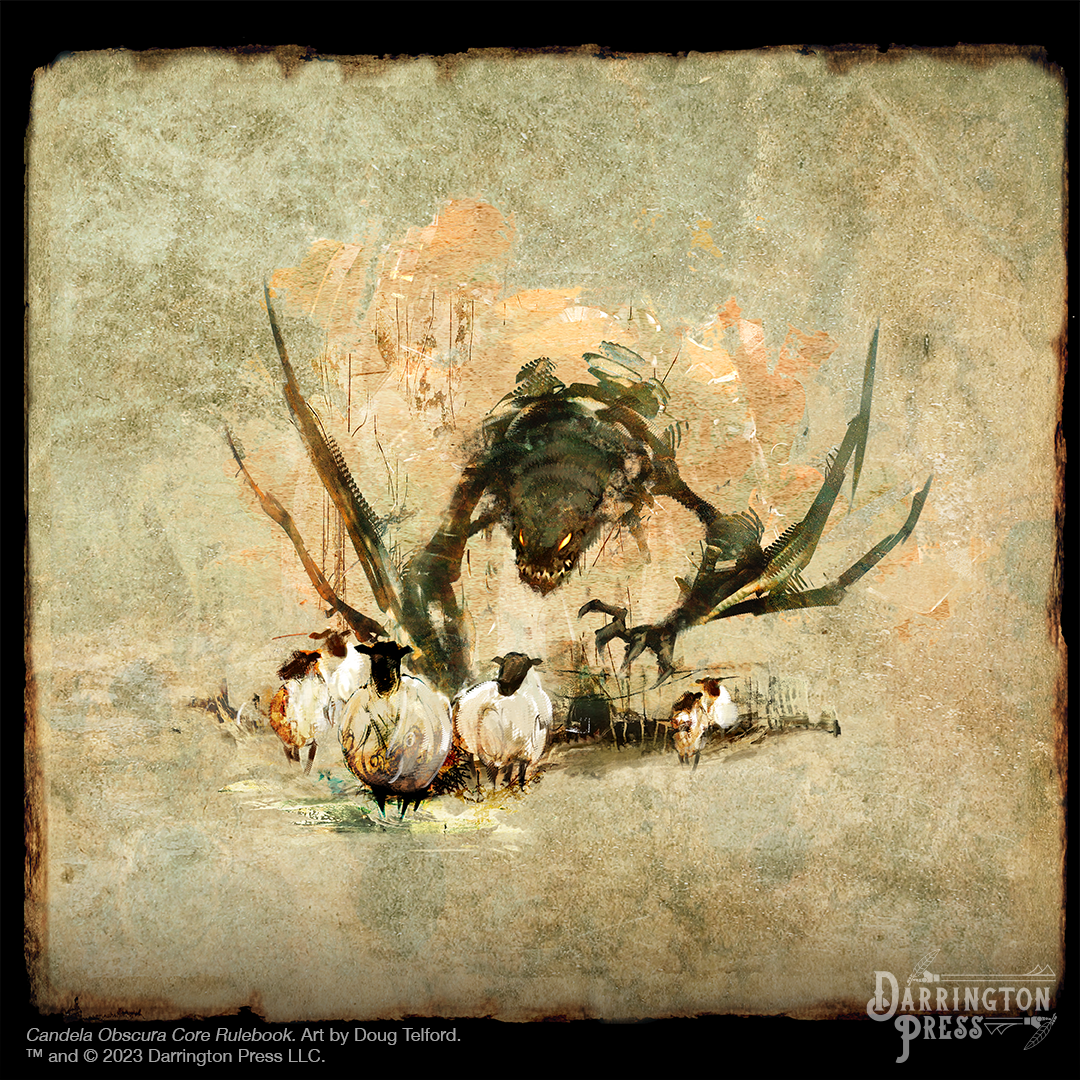
Playing the Game
After the city and setting detail we move onto playing the game and four full adventures for the players to investigate. The GM advice is solid and sets up the nice idea of the GM making Moves. While these moves are the standard ways a GM might present a scene and react to the players, codifying them into moves to make is a great tool for a new GM. It neatly sets out a GM response without trapping an experienced GM with limited options. All games can take a lesson from this!
The four adventures are great and full of atmosphere, although despite the advice for helping out a new GM, are not really for a new GM. They are framed as “an example of how it might run” rather than a point by point breakdown. To be fair, this is a game of improvisation and storytelling going in interesting narrative directions. But for a GM starting out on a new game I’d like at least one of them to be a bit more by the numbers to help them warm to the game.
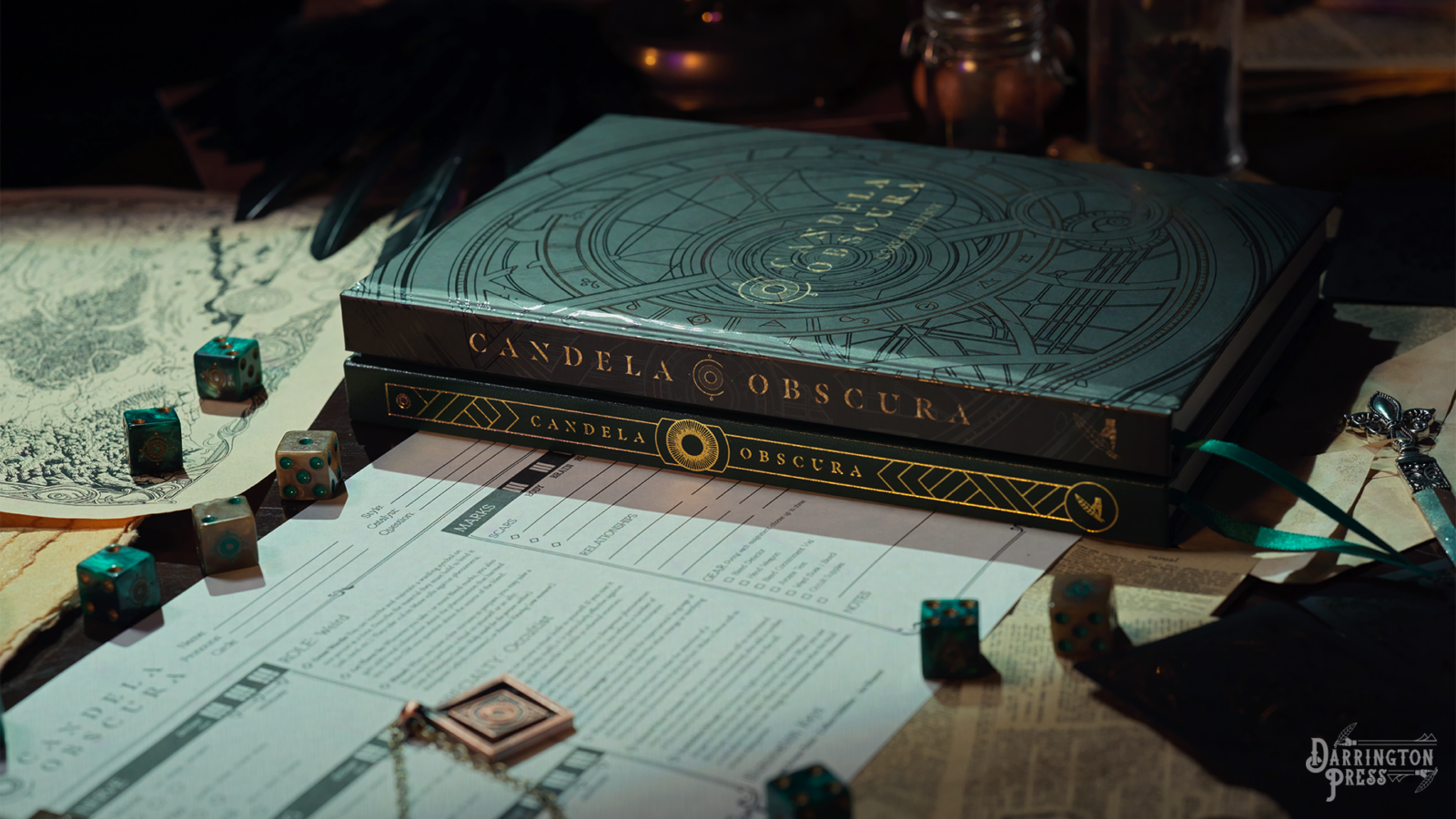
Should You Buy It?
Candela Obscura’s system is smooth and simple, with a focus on character and investigation. The book is easy to read, with plenty of detail on the setting and enough adventure to get you started. The adventures are well made and atmospheric. There are even a couple of pages of strange creature ideas. But for a horror game, it focuses much more on the setting than the horror elements. I expected more horror advice: how to run a horror game, what types of monsters might appear, what sort of things do they want, what clues do they leave to follow, etc. There isn’t really any detail at all on creating monsters that really fit the setting or any detail on the “behind the curtain” agenda of the forces of horror.
Despite my reservations, what’s here is really good. Thanks to the quality of the book and the writing and style, I found myself wanting more detail on creatures, horror, and magic. Candela Obscura will only get better as more supplements come out for it. If you’re interested in Victorian horror, this game is definitely worth taking a look.


